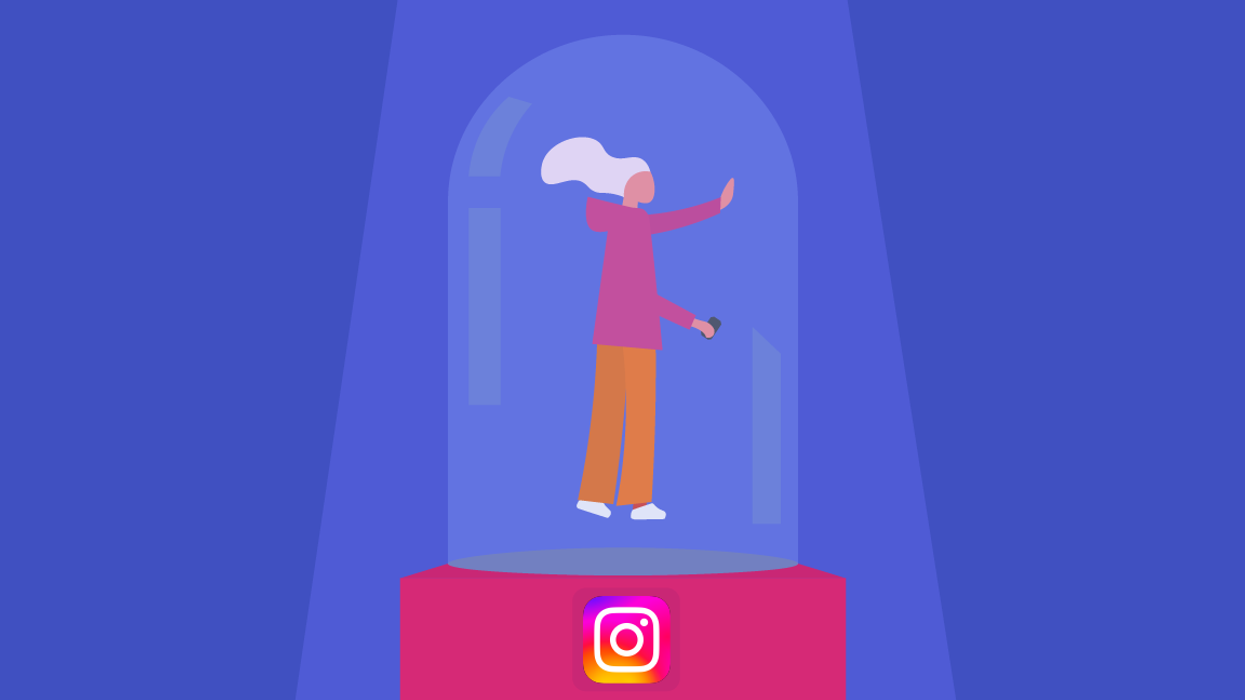The Grim Relationship Between Influencers and the Social Media Platforms they Rely On
Kristin Snyder is dot.LA's 2022/23 Editorial Fellow. She previously interned with Tiger Oak Media and led the arts section for UCLA's Daily Bruin.

This is the web version of dot.LA’s daily newsletter. Sign up to get the latest news on Southern California’s tech, startup and venture capital scene.
At times, it can seem as though social media companies are at war with the influencers they rely on for content.
Instagram influencers have long struggled with the platform’s changing algorithm. Not to mention the platform ended its program that paid creators to post Reels last month. Earlier this week, YouTube removed a tool that allowed creators to link products featured in videos. The feature generated anywhere from $50 to $100 for a creator each month. Meanwhile, TikTok tried to re-shape its heavily criticized creator fund with a new Creativity Program that would increase the eligibility requirement from 10,000 followers to 100,000 followers.
All of which raises the question, what is tying content creators to the platforms that consistently make it harder for them to monetize their content?
In short, they have no other options.
Based on a recent report from Goldman Sachs Research, the creator economy is expected to balloon from $250 billion to $480 billion by 2027. Goldman Sachs attributes this growth to the increasingly varied ways that creators are monetizing their content, whether it be through influencer marketing or platform payouts. But the major platforms—think Instagram, Twitter, Snapchat, YouTube and (maybe) TikTok—will still be the cornerstone of the expanding revenue.
There are a number of reasons why Goldman Sachs believes this to be true, but the two primary ones are scale and capital. Apps like Instagram and TikTok each boast millions of followers. And a significant factor in influencers negotiating brand deals is the number of people who interact with each post. Because these sites are where viewers are looking for content, influencers have to meet them where they are.
On the capital side, things get slightly more uncertain. Companies like Snap and Meta have had major revenue issues in the past year, which has seemingly impacted how their platforms pay creators. Even TikTok, which earned $11 billion in ad revenue last year, skimps on paying its top users. Still, these companies have more access to funding than their smaller, up-and-coming competitors. Just look at the social media app BeReal, whose quick rise to popularity faltered as creators realized it offered no monetization opportunities.
To be fair, some platforms are taking measures to try and lure creators. This week, Snapchat changed the requirements for its ad-revenue sharing program from its exclusive Snap Stars program to anyone with at least 50,000 followers—ostensibly courting mid-tier creators. On the ad-revenue sharing front, YouTube has been successful with both long-form and short-form creators looking to monetize their content.
But even the companies that historically haven’t paid their users well, know that their platforms are necessary for influencers to rake in money through sponsored content and brand deals. In the case of the Instagram Reels payment program, creators burned by its demise have little choice but to keep on churning out short videos. They are, according to the social-media-management platform Later, one of the most lucrative formats for influencers, with some making as much as $7,000 for one sponsored video.
And, as the Goldman Sachs report shows, the influencer market is only going to grow in the coming years. This will likely result in a surge of people trying to make social media stardom work for them. Meaning that anyone who wants to produce content without relying on the main platforms will be easily replaced by the next up-and-coming influencer willing to incorporate the latest microtrend into their day-in-the-life videos. - Kristin Snyder
- TikTok, Snapchat, YouTube and Facebook: Who's Paying What for Creator Content ›
- Instagram and Facebook Announce 3 New Tools To Make Turning a Profit Easier For Creators ›
- Key Takeaways From The State of Influencer Earnings Report ›
- Creators Aren’t Going To Pay For Social Media Subscriptions ›
- How Influencers Are Becoming the New Wave of Managers - dot.LA ›
Kristin Snyder is dot.LA's 2022/23 Editorial Fellow. She previously interned with Tiger Oak Media and led the arts section for UCLA's Daily Bruin.






 Image Source: Perelel
Image Source: Perelel